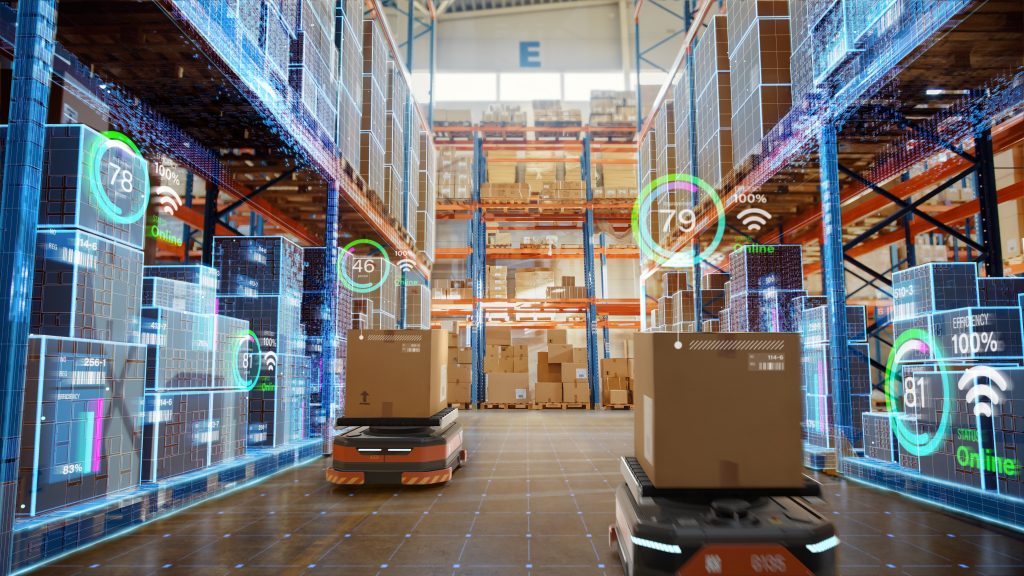Who Wins and Who Loses in the New Artificial Intelligence Economy?
By: Polly Allen, Founder & CEO, AI Career Boost

The latest innovations in artificial intelligence (AI) have the potential to radically transform our global economy and workforce. But with women so minimally represented in AI, especially at leadership levels, the economic advantages of this revolution are clearly not on track to be distributed equitably. Popular media discussions of bias in AI have focused on bias in the automated systems themselves – perhaps with a nod to a lack of diversity in the industry contributing to the problem. While these risks are important to understand and mitigate, it is equally important to consider the potential for exacerbating existing biases in the industry, which could disproportionately negatively affect women and other underrepresented groups. Ensuring diversity and inclusion in the leadership, development and implementation of AI is crucial not only for societal equity, but also for AI to realize its full potential.
The global economic impact of emerging artificial intelligence and machine learning technologies cannot be overstated: it has been compared to the invention of electricity and to the adoption of automation in the industrial revolution. According to the World Economic Forum’s latest Future of Jobs Report, AI will replace 85 million jobs by 2025 though automation. The jobs most susceptible to automation are often those that pay lower wages and lack benefits – which are disproportionately held by individuals from lower-income communities, minorities, and women. However, as in many previous economic revolutions, more jobs are predicted to be created than lost: the same report predicts 97 million new jobs by 2025 in AI and AI-adjacent roles. While many of these roles will require considerable technology expertise – such as machine learning engineers, robotics engineers and data scientists – there will also be increased demand for roles with less technical criteria, from executives fluent in the business risks and impacts of machine learning to data annotators who provide updated human judgements and data for AI systems to learn from.

If today’s trends continue, we are seeing women included only at the lowest economic echelons of this new economic order. While statistics about women in leadership positions in AI are difficult to find, they can be extrapolated. There is a clear bias in AI for executives with PhDs or at least Master’s degrees in computer science – the only STEM field where women’s representation is lower today than it was in the 1980s. According to the 2021 AI Index Report from the Stanford Institute, women make up only 16 percent of tenure-track faculty focused on AI globally. In the general workforce, women make up only 26% of data and AI positions, and much less for higher-paid technical positions: even larger companies like Google and Apple with 20-22% of their technical roles filled by women only had 10-15% female representation in AI-related technical roles. Perhaps this partially explains some of the pay gap between men and women in tech as well: job postings demanding AI skills offer on average 11% higher salary compared to job postings with no such demands (compared to a 6% premium for software skills). Clearly there is a gender-based gap in the participation in the economic boom AI is bringing.
The focus of the narrative on bias in AI has been firmly planted around biased systems and outcomes, from Amazon’s infamous gender-biased job screening AI model, to a widely-used racially-biased algorithm for allocating patient healthcare in the US. However, the motivation for promoting diversity in the field of AI should not be limited to building more widely useful, applicable and fair AI systems. We should also consider why so few women and minorities are part of the associated economic opportunities of the highest-paying AI jobs. In Part 2 of this article we’ll examine potential solutions for creating a more inclusive AI ecosystem, and the organizations that are working hard to help people from all genders, ages and backgrounds shift into a new economic era.


